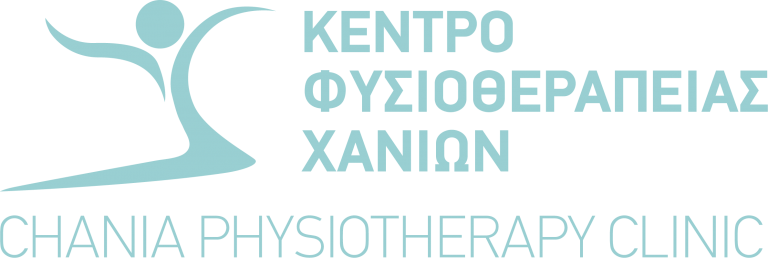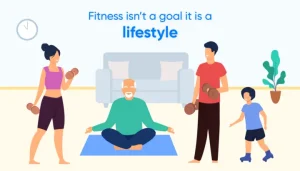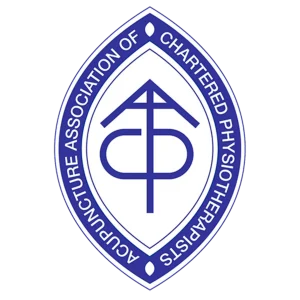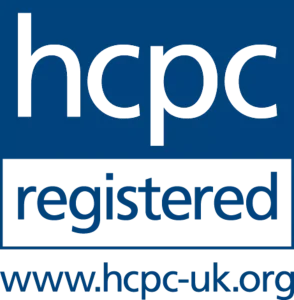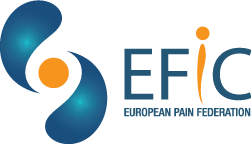
What is scoliosis?
Scoliosis is a deformity of the backbone (spine). It’s when the spine has a side-to-side curve and rotation. The curve of the spine measures 10 degrees or more.
A normal spine appears straight when looked at from behind. But a child or an adult with scoliosis has a spine with an S or C shape. The child may look like he or she is leaning to one side. The curve can happen on the right or left side of the spine or it can happen on both sides in different sections. The cervical and/or middle (thoracic) and/or the lower (lumbar) spine may be affected.
What are the causes of scoliosis?
In most cases, the cause of scoliosis is unknown. A child may be born with it or he/she can develop it later in life. It’s most often seen in children between 10 and 18. It tends to affect more girls than boys.
What are the symptoms of scoliosis?
The symptoms of scoliosis can occur a bit differently in each child. The most common symptoms can include:
- Uneven shoulder height
- The head is not centered with the rest of the body
- Uneven in hip height or position
- Uneven in the way the arms hang beside the body when the person stands straight
- Uneven height of the sides of the back when the person bends forward
What are the risk factors of scoliosis?
- Age. Signs and symptoms usually start during the growth spurt that occurs just before puberty hits.
- Sex. It is more likely for women to have scoliosis than men.
- Family history. Although, not all people with a family history have scoliosis.
If scoliosis is left untreated can cause complications including:
- The difference in someone’s appearance.
- Back problems, like back pain.
- Lung and heart damage in severe scoliosis.
How can scoliosis be diagnosed?
- X-ray
- Computed tomography scan (CT or CAT scan)
- Magnetic resonance imaging (MRI)
What are the treatment options for scoliosis?
- Conservative scoliosis management program. It is a personalized exercise program based on the scoliosis and the needs of each person. We have specialized staff in the conservative management of scoliosis, trained in the Schroth method, which aims to improve body posture, stability and strength of the trunk, self-management and understanding of the spine, improving breathing and the reduction of possible coexisting pain.
- Brace therapy: scoliosis between 25-40 degrees curve. Braces should be checked regularly to ensure proper fit and may need to be worn 16 to 23 hours a day until the growth of the curve stops.
- Surgical therapy: recommended for scoliosis ≥ 50 degrees curve.
What are the expected results from a specific physical therapy program for scoliosis?
- Prevention of the progression of scoliosis and may reduce Cobb degrees of curve
- Improved posture
- Improved symmetry
- Increased muscle endurance
- Pain reduction
- Improved the quality of life
- Improved core stability and strength
- Improved breathing
- Better pelvic alignment
Is it ever too late to fix scoliosis?
Thanks to modern technology and advanced medicine, treating scoliosis is not too late. If you experience back pain, numbness, stiffness, or even fatigue (from strained muscles), it’s essential to get the care you need.
In our clinic, there are specially trained staff aimed to manage your scoliosis most effectively. If you are concerned about your scoliosis and would like further information and guidance on its management, please do not hesitate to contact us.
